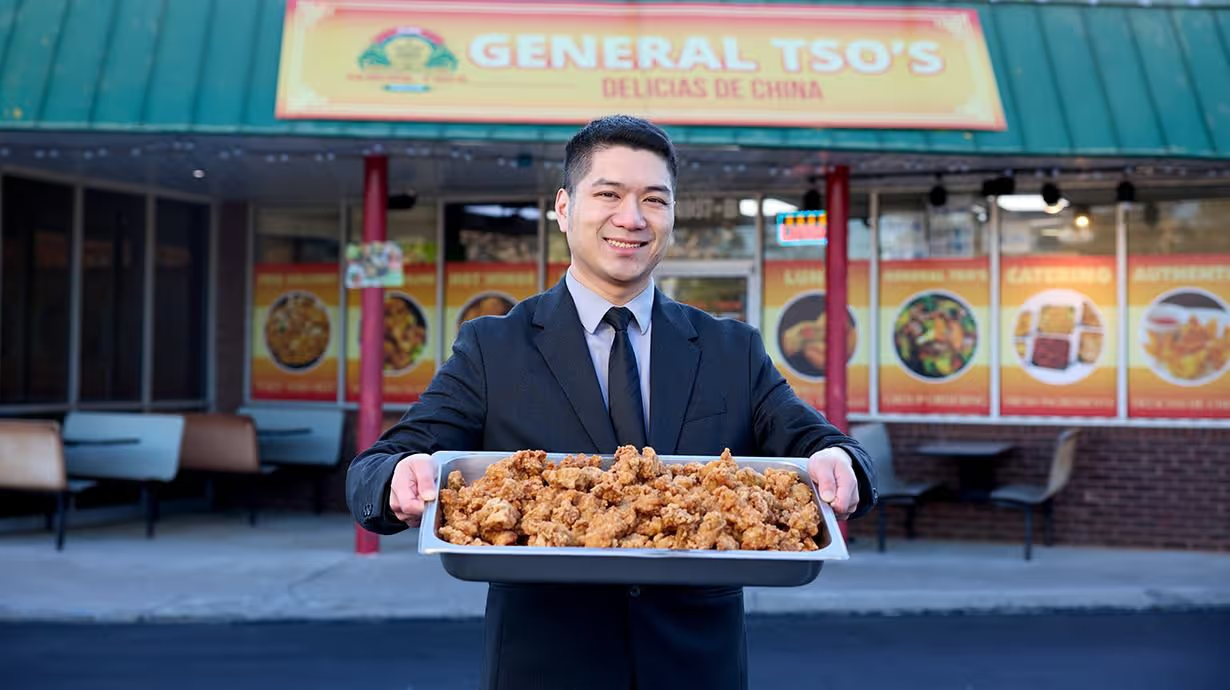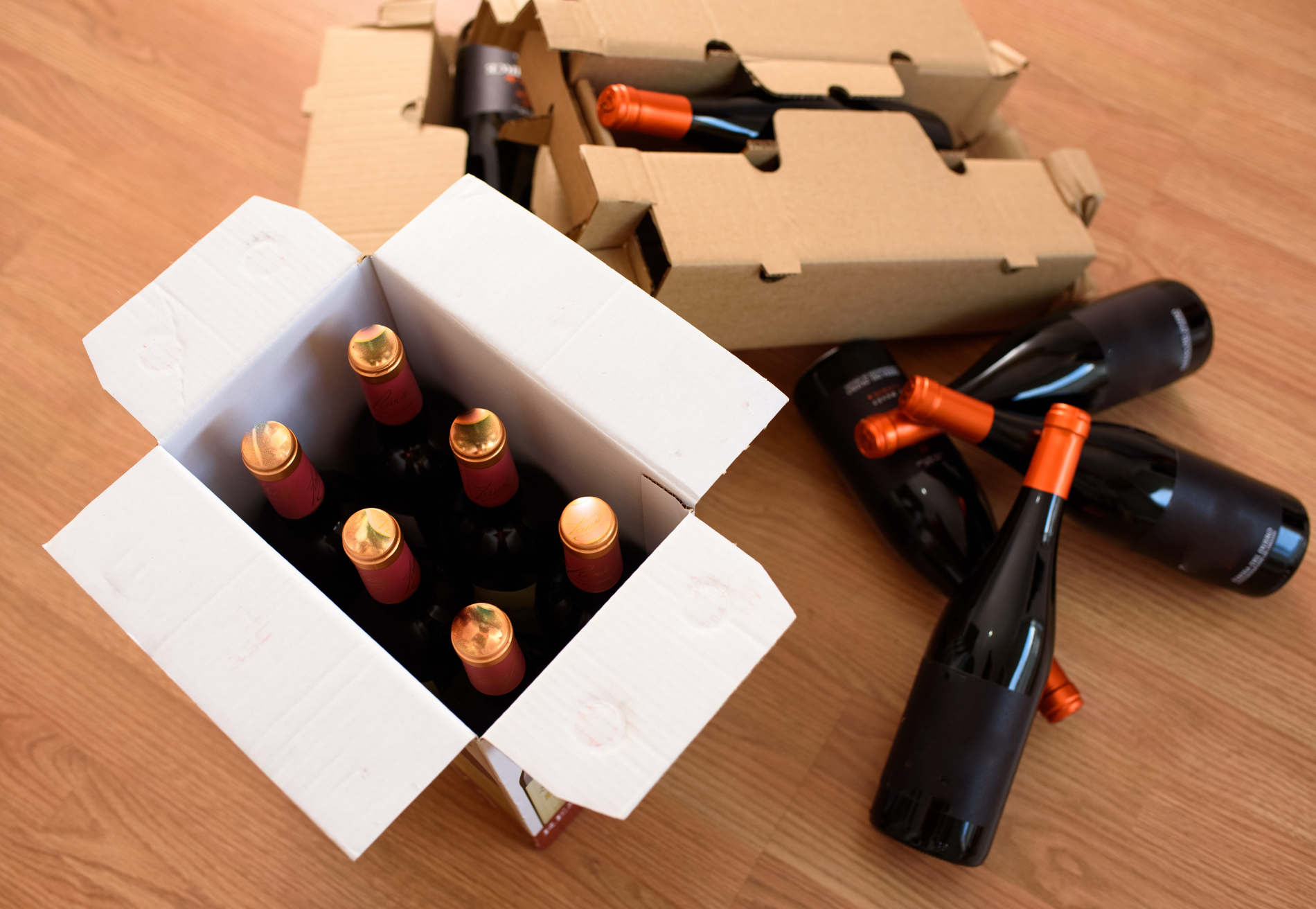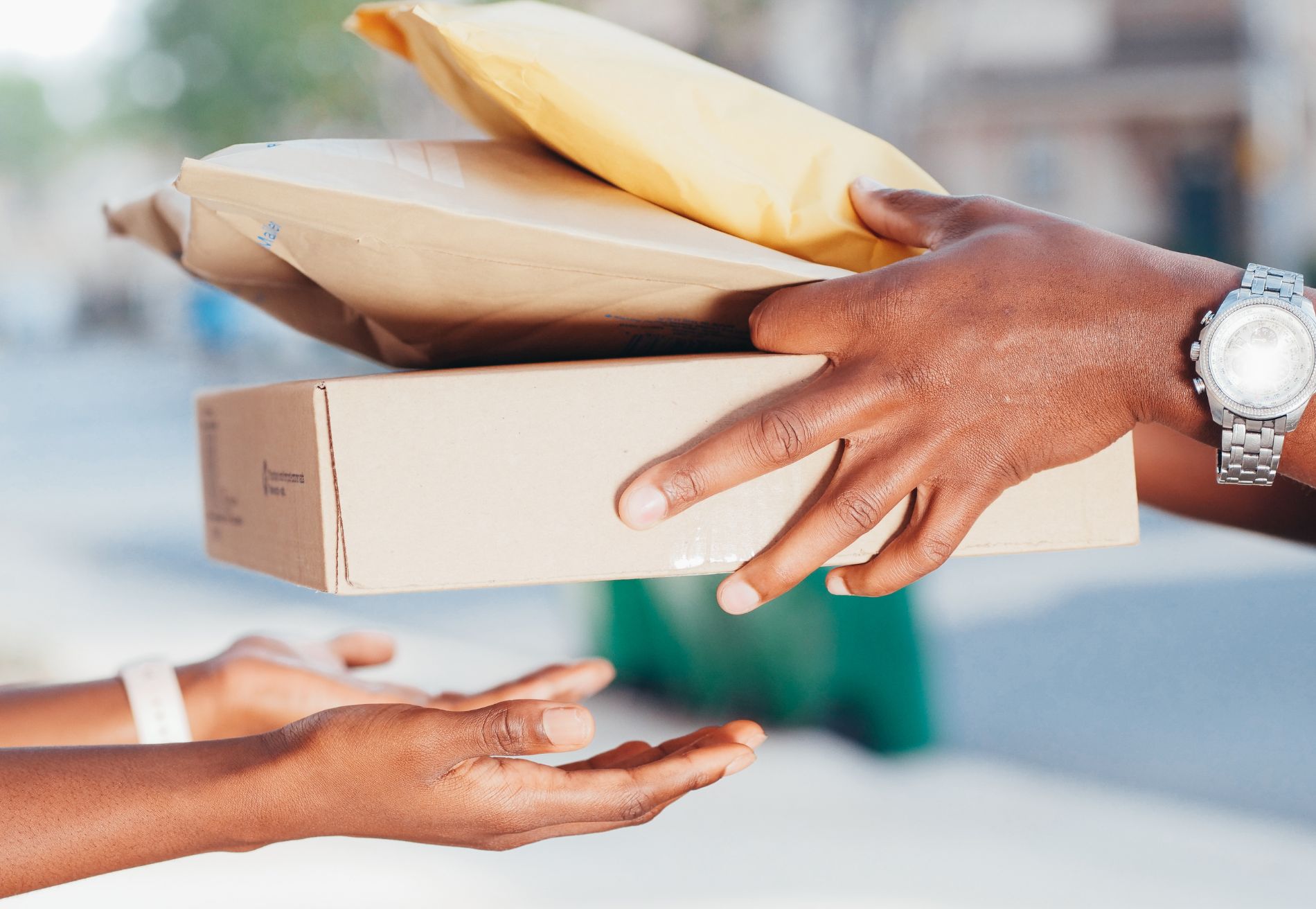Last-Mile Tracking: A Game Changer for Restaurant Owners
.png)
In the fast-paced world of restaurant management, ensuring your customers receive orders promptly and in perfect condition is a top priority. This is where last-mile tracking comes into play.
But what exactly is last-mile tracking, and why should restaurant owners and managers care about it? In this article, we'll explore the concept of last-mile tracking, its benefits, the technologies driving it, the challenges it poses, and some of the solutions that can transform your restaurant's delivery operations.
Definition of last-mile tracking
Last-mile tracking is the process of monitoring and managing the final leg of a product's journey from a distribution center or retailer to its ultimate destination, which, in the context of restaurant owners, is often the customer's doorstep.
It involves tracking the movement of goods in real-time, providing essential insights into the delivery process, and offering customers proof of delivery, helping to enhance their overall delivery experience.
Benefits of last-mile tracking
There are several benefits of last-mile tracking, including better customer experience, a more efficient delivery process, and some incredible technologies that help restaurants manage their drivers more effectively.
Let’s explore some of these:
Customer experience enhancement
One of the most significant benefits of last-mile tracking is its positive impact on customer experience.
In today's on-demand world, customers have come to expect real-time information and tracking capabilities for their orders. Last-mile tracking provides this crucial aspect, allowing customers to stay informed about their delivery status and delivery times.
This transparency not only meets but often exceeds customer expectations, leading to higher satisfaction rates.
Efficient delivery
Last-mile tracking enables the optimization of delivery routes and the allocation of resources for more efficient delivery. By knowing the exact location of their delivery vehicles and the progress of each delivery, restaurant owners can make on-the-fly adjustments to ensure on-time delivery performance. This efficiency not only reduces operational costs but also contributes to an exceptional delivery experience for customers.
Technologies enabling last-mile delivery tracking
Several cutting-edge technologies are driving last-mile tracking, revolutionizing the way deliveries are managed. They are as follows:
GPS technology: Navigating with precision
GPS technology stands as the cornerstone of last-mile tracking, providing real-time visibility into the exact location of delivery vehicles.
By harnessing satellites, this technology allows businesses to monitor their drivers with pinpoint accuracy. This means that restaurant owners can optimize delivery routes, reduce operational costs, and provide accurate delivery estimates to their customers.
GPS technology doesn't just benefit the restaurant; it also streamlines the entire supply chain, from the moment an order is placed to its final destination.
In a world where consumers demand on-time delivery performance and expect real-time updates on their package location, GPS technology is indispensable. It's the bridge that connects businesses to their customers, enabling efficient communication between drivers and dispatchers, ultimately resulting in improved delivery efficiency and customer satisfaction.
Geofencing and Beacons Technology: Creating Digital Boundaries
Geofencing revolutionizes last-mile tracking by creating digital boundaries around specific areas. When a delivery vehicle equipped with this technology enters or exits these predefined zones, real-time updates are triggered. This enhances communication between drivers and dispatchers, allowing for immediate adjustments to delivery routes and schedules.
For example, Shipday, uses geofencing to help restaurants send notifications to the customer when the driver is nearing their drop-off location, ensuring customers are ready to receive their orders. This level of engagement not only improves customer satisfaction but also streamlines the delivery process, making it more efficient and cost-effective.
Artificial Intelligence (AI) & Machine Learning (ML) Technology: Predicting the Future of Delivery
Artificial Intelligence (AI) and Machine Learning (ML) technology are the brains behind last-mile tracking, analyzing historical and real-time data to provide accurate delivery estimates and predict potential delays. These algorithms take into account a range of factors, from traffic conditions to weather forecasts, allowing restaurant owners to proactively address delivery challenges.
By leveraging AI and ML, restaurant managers can optimize their delivery routes, minimize unexpected delays, and meet customer expectations for timely deliveries. Additionally, these technologies enable improved communication between drivers and dispatchers, as they receive real-time data and alerts about delays, ensuring that every delivery reaches its destination within the preferred time window.
Incorporating these cutting-edge technologies into your last-mile tracking system is key to staying competitive in the restaurant industry. It not only enhances the customer experience but also streamlines your delivery operations, reducing costs and increasing efficiency. As customer expectations continue to rise, investing in these technologies is essential for delivering an exceptional delivery experience.
Challenges and solutions to last-mile delivery tracking
While last-mile tracking offers a multitude of benefits, it's not without its challenges. Here are a few of these and some of the things we can do to better serve our customers despite these risks:
Weather conditions and traffic congestion problems
In the world of last-mile tracking, Mother Nature and the urban jungle can be formidable foes.
Unpredictable weather, from sudden storms to heavy snowfall, can disrupt delivery schedules and lead to unexpected delays. This not only heightens delivery anxiety for consumers but also affects the efficiency of the entire delivery network.
Traffic congestion is another adversary, especially in densely populated urban areas. It can turn what should be a swift delivery into a slow crawl through gridlocked streets. These challenges demand innovative solutions, such as real-time traffic data integration and weather forecasts, to help drivers navigate these obstacles and ensure on-time delivery performance.
Incorrect addresses
Navigating the last mile can be difficult, especially when facing Incorrect or incomplete addresses, which can make tracking difficult and may lead to missed deliveries. Restaurant owners can employ advanced tracking software to verify and correct addresses in real time. This is another essential technology that ensures packages reach their intended destinations accurately.
Improper training of drivers and delivery staff
It’s important to train your delivery team to communicate with customers effectively before, during, and after the delivery process. Improved Communication strategies empower restaurant owners to bridge the gap between drivers, dispatchers, and customers.
By providing real-time updates and regular notifications, restaurant managers can use technologies like Shipday to ensure that every stakeholder is well-informed about the delivery status. Customers receive timely notifications about their orders, reducing delivery anxiety and enhancing their overall experience.
Efficient communication also allows for quick adaptations in the face of unexpected challenges. For instance, if a driver encounters traffic or weather-related delays, the dispatcher can relay this information to the customer promptly, managing their expectations effectively. In a customer-centric supply chain, communication is the linchpin that keeps everything running smoothly.
Failure to give accurate delivery estimates
Customers appreciate honesty and precision in delivery estimates. Accurate delivery estimates are made possible through the integration of AI-driven algorithms, which analyze data from various sources to provide a reliable time of arrival. This level of accuracy ensures that customers know exactly when to expect their orders, leading to greater satisfaction.
AI and ML technologies factor in variables such as traffic conditions, delivery routes, and historical data to generate precise estimates. When customers receive accurate delivery estimates, they can plan their day around the arrival of their meal, creating a positive last-mile delivery experience. In a world where convenience is paramount, accurate delivery estimates are a must.
Tracking software integration: Streamlining operations
You can achieve efficient last-mile tracking through the seamless integration of your tracking software with existing delivery logistics solutions. When last-mile tracking software is integrated into the entire delivery process, from order placement to proof of delivery, restaurant owners gain better control and visibility.
This integration streamlines internal operations, making it easier to manage delivery tasks, track delivery progress, and monitor driver locations. With accurate delivery estimates, regular notifications, and real-time data, restaurant managers can optimize their delivery routes and reduce operational costs. As a result, the entire delivery process becomes more efficient and cost-effective.
Conclusion
Last-mile tracking is a collection of game-changing technologies that restaurant owners and managers should embrace to stay competitive in the ever-evolving restaurant industry. By harnessing the power of real-time tracking, you can not only meet but exceed customer expectations, optimize your delivery operations, and ensure the efficient and secure delivery of your culinary creations.
Shipday offers last-mile delivery software for restaurant owners and other delivery service providers that want a powerful solution to streamline their delivery program and better connect with their customers. Try Shipday for free today.
Index
Ready to get started?
Play around with it first, add your team, pay later.








.avif)






%201.svg)
